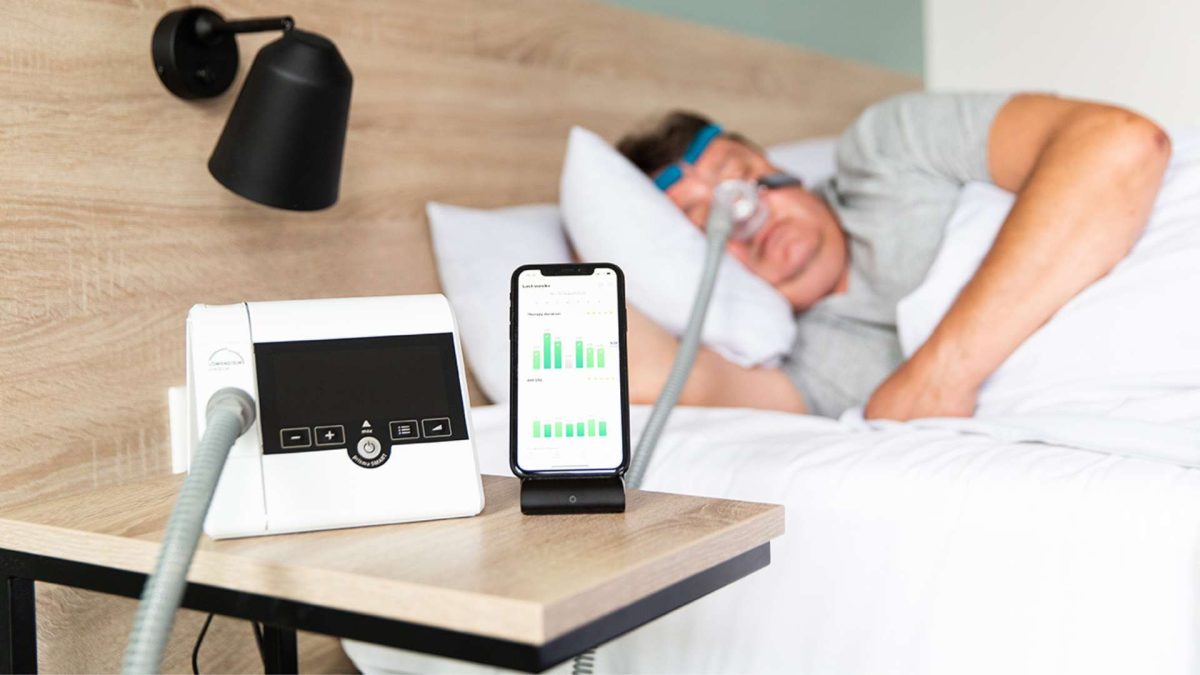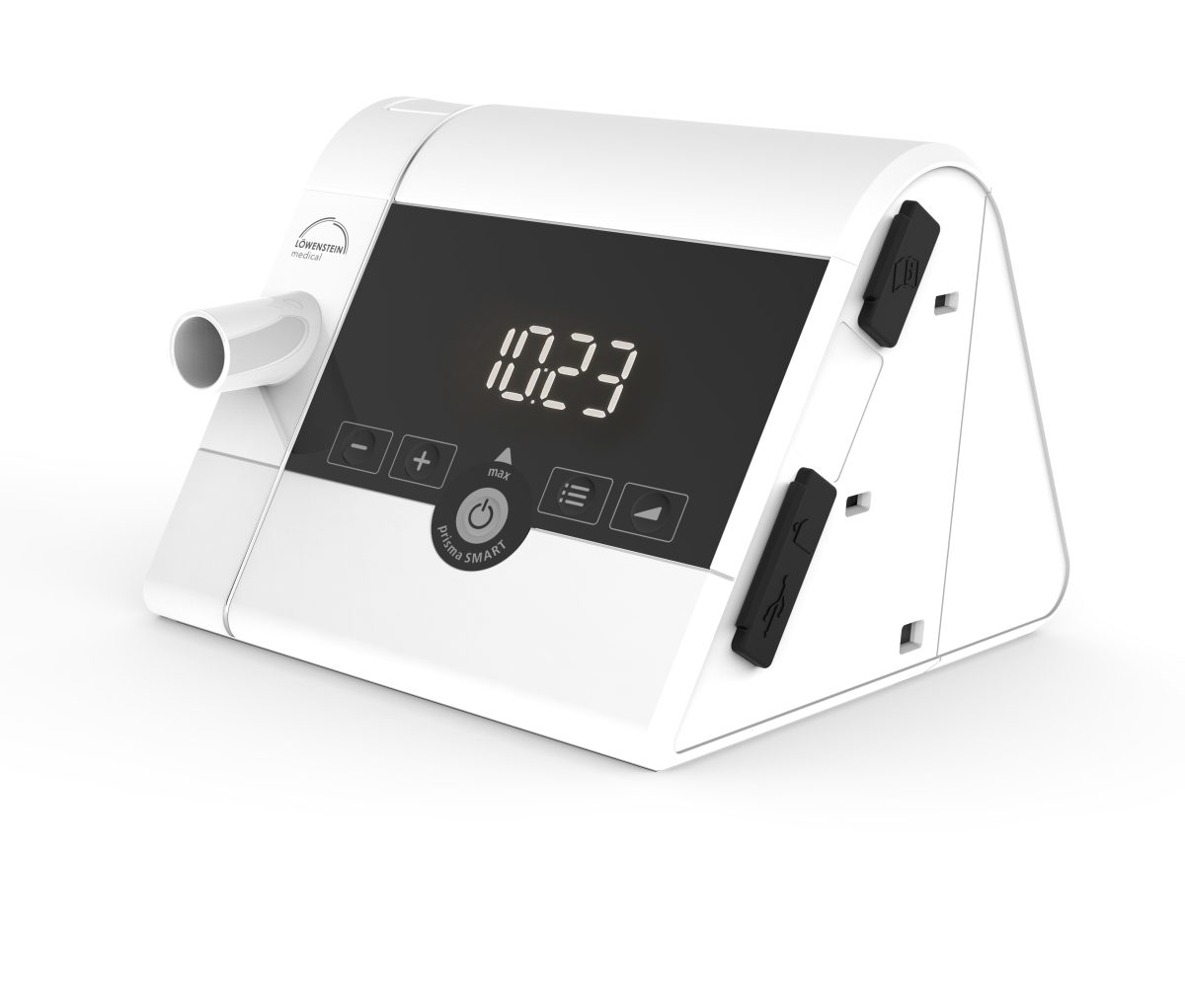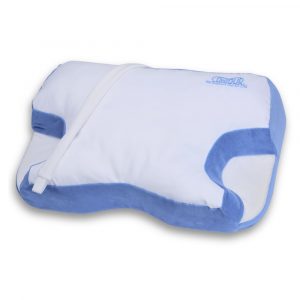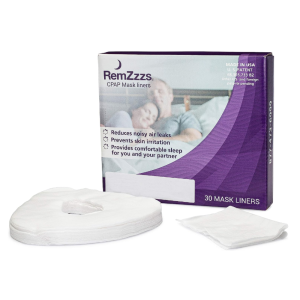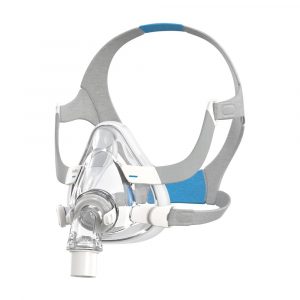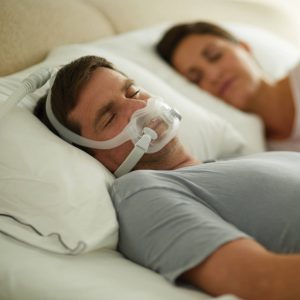Fact Checked
Intus Healthcare’s writers, customer service team, and sleep experts review and ensure this information is accurate.
Last updated on April 16th, 2024 at 09:22 am
What should my CPAP pressure be?
It’s important to understand the pressure settings on your CPAP machine, as you may need to inform your CPAP provider to make necessary adjustments. You could be wondering what pressure your CPAP pressure should be set at, so let’s explore the basics of CPAP machines and the CPAP pressure settings.
There are a few different Sleep Apnoea machines, also called CPAP therapy (Continuous Positive Airway Pressure). The different machines have different pressure settings.
So, what is a CPAP machine, and how does it work?
- Automatic CPAP Machines are the most popular form of CPAP therapy. They use a range of advanced sensors to detect exactly how much pressure you need at any given time. When airway narrowing is not detected, the pressure is kept low; when an apnoea occurs, it increases the pressure to open the airway.
- Fixed-Pressure CPAP Machines were the original form of CPAP therapy and are still used by thousands of CPAP patients worldwide. A fixed-pressure machine is just that; a pressure that stays at one constant pressure at all times. Your doctor or sleep clinic usually prescribes this pressure. If you do not have a prescribed pressure (most people do not), then please instead look at an auto CPAP machine.
How does the pressure from a CPAP machine work?
Automatic CPAP Machines: This machine is set on various pressures (4.0cmH2O-20cmH2O). When you put your mask on and turn the machine on, it will start at a pressure of 4.0cmH2O.
The pressure will stay at this figure until you fall asleep. Once the machine detects that you are asleep, it will increase and decrease the pressure within the pressure range when needed. Since these machines operate within a specific pressure range, there should generally be no need to adjust the pressure settings. If you happen to wake up during the night with a noticeable increase in pressure from the machine, it could be due to a disruption in the seal of your mask caused by movement. In such cases, the machine will detect the air leak and automatically raise the pressure to compensate for the leakage.
If this occurs, simply press your CPAP machine’s on/off button to restart the therapy. Doing so will reset the pressure back to 4.0cmH2O, allowing you to readjust your mask, find a comfortable position, and easily return to sleep.
Fixed pressure CPAP machines: This machine is set on a specific pressure setting and is constant from when you turn the machine on to when you turn the CPAP machine off.
Should you feel the symptoms of Sleep Apnoea returning, such as snoring, choking in sleep or headaches. Speak to your GP or sleep clinic. They may ask to look at your data to see if your pressure settings need to be adjusted.
CPAP vs BiPAP?
An alternative to a CPAP machine is a BiPAP machine. BiPAP machines have two distinct pressure settings: inhalation-positive airway pressure (IPAP) and exhalation-positive airway pressure (EPAP). This unique feature enables lower pressure levels during exhalation, providing enhanced comfort and ease of breathing. Depending on the specific settings of the BiPAP machine, the transition between IPAP and EPAP can be either timed or automatically adjusted according to the user’s breathing patterns. The typical pressure range for BiPAP machines is 4 to 30 cmH2O.
Why are CPAP pressure settings important?
Your CPAP pressure settings are important to ensure you receive the required pressure to reduce or stop Sleep Apnoea events and Sleep Apnoea symptoms.
Your AHI (Apnoea hypopnoea index), is the number of breathing pauses you experience during sleep. The target AHI when using a CPAP machine is five or under.
Should your AHI number not be near the target AHI, then it is worth having your CPAP data reviewed by your provider. Some reasons why this may include; incorrect mask type, poorly fitting mask or incorrect pressure setting.
We are happy to review any of our customer’s data that have purchased a CPAP machine from us. We recommend that new CPAP users send us their data after one month of use.
What happens if CPAP pressure is too high?
If your CPAP pressure is too high, you could experience discomfort, mask leakage, sinus-related conditions, dryness and nasal congestion and aerophagia (excessive swallowing of air).
How do you know if CPAP pressure is too low?
If your CPAP pressure settings are too low, you will find your symptoms will remain. You may start snoring again and feel excessively tired as the machine does not provide enough air pressure to keep your airways open.
How do CPAP masks affect CPAP pressure?
Various factors can affect the pressure of your Sleep Apnoea therapy; it is useful to know how to prevent the issues from occurring.

Mask Type – There are two types of CPAP masks:
- Full-face CPAP masks – For those who breathe through their mouth and nose when sleeping.
- Nasal pillows or nasal cushion CPAP masks – Those who breathe from their nose during sleep.
Mask Size – We always suggest that customers ensure they use the ‘sizing guide’ specific to the CPAP mask they have selected.
Ensure you measure your face to purchase the right size mask. The sizing guide is under the ‘downloads tab’ on the product page. The better the fit, the better the mask fits on your face, which means better CPAP therapy with minimal air leaks.
Mask Fit – If you are struggling to get a good seal with your mask, then we suggest the following
- Check the sizing guide to ensure you have the right size mask for your face.
- Watch a fitting video for your mask online to see if this helps you ensure you adjust your mask and wear it correctly.
- Adjust your mask in the lying down position as your face is a different shape lying down compared to sitting up.
- RemZzzs Mask Liners – These soft cotton fabric liners create a barrier, absorb skin oils, reduce air leaks, and minimise skin irritation and pressure marks.
Mask Seal – If you knock your mask while moving in your sleep, then this can break the seal, which results in the CPAP machine increasing the pressure to compensate for the CPAP air leak. Consider how you sleep at night. For example, if you sleep on your side, the DreamWear full-face mask allows you to move around more freely, preventing a bad seal.
Tip – If you wake up from a broken seal and the pressure becomes too high. Reset the machine by pressing the on/off button to lower the pressure to the lowest setting. Adjust your mask, and then you can settle back down to sleep.
Ramp feature on CPAP settings
CPAP machines have a ramp feature in the settings of the device.
. The ramp feature is designed to make the start of your CPAP therapy more comfortable – making it easier to fall asleep.
The ramp time is user-specific. It is a period of time during which the therapy pressure increases from a low start pressure to a prescribed/required pressure setting.
CPAP users can set this to between 5 and 45 minutes, or it can be switched off.
For more helpful information on CPAP settings and numbers, read our helpful article: what are the numbers on my CPAP machine, and what do they mean?
Some CPAP machines have a wireless smartphone data app, such as the ResMed myAir app. MyAir makes it easier to read your CPAP pressure settings and detect issues through your myAir score.
Round up on CPAP pressure settings
If you’ve got any questions about your CPAP device or pressure settings, contact us.
We will be happy to help. You can also contact your sleep physician for guidance on using your CPAP.
Our goal, is to ensure you get optimal use from your CPAP therapy – so you get the restorative sleep you deserve.

